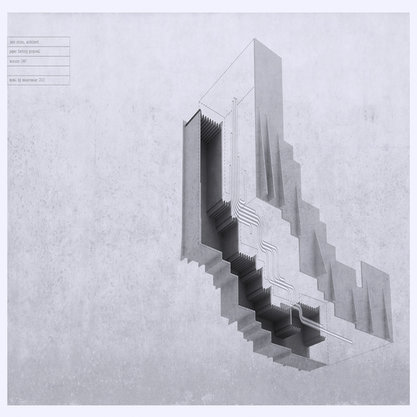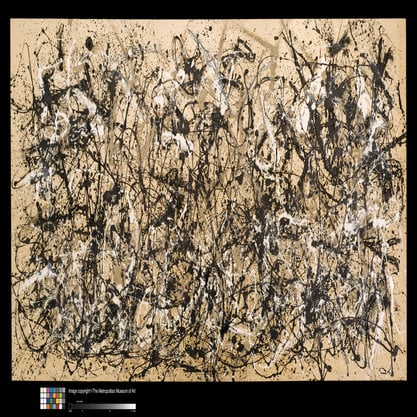Article
Lassaw, Ibram (1913–2003) By Thyssen, Esther T.
Article
A sculptor of the New York School, Ibram Lassaw was born to Russian parents in Alexandria, Egypt. The family immigrated to Brooklyn, NY, in 1921, where Lassaw learned modeling, casting, and carving. He discovered avant-garde art at the Brooklyn Museum in 1926, and continued to study sculpture at the Clay Club from 1927 to 1932. An active participant in New York modernist circles, Lassaw was a founding member of the American Abstract Artists Group (1935), and The Club (1949). Lassaw’s interest in cosmic and religious themes culminated in abstract sculptures for Jewish synagogues, such as Pillar of Fire (1953) at Temple Beth El, Springfield, MA. Known for his web-like structures, Lassaw dripped, fused, and spattered metal, embracing the resulting accidental contours that accrued on his gridded designs, as in Galactic Cluster #1 (1958, Newark Museum). He wielded the oxyacetylene torch like a paintbrush and the intricately structured wires twist, turn, and redouble like skeins of paint by Jackson Pollock. His work was included in the 1959 Kassel Documenta, which showcased American Abstract Expressionism.



